Orion completes lunar flyby maneuver
Original Publication Date: 2022-11-20 02:52
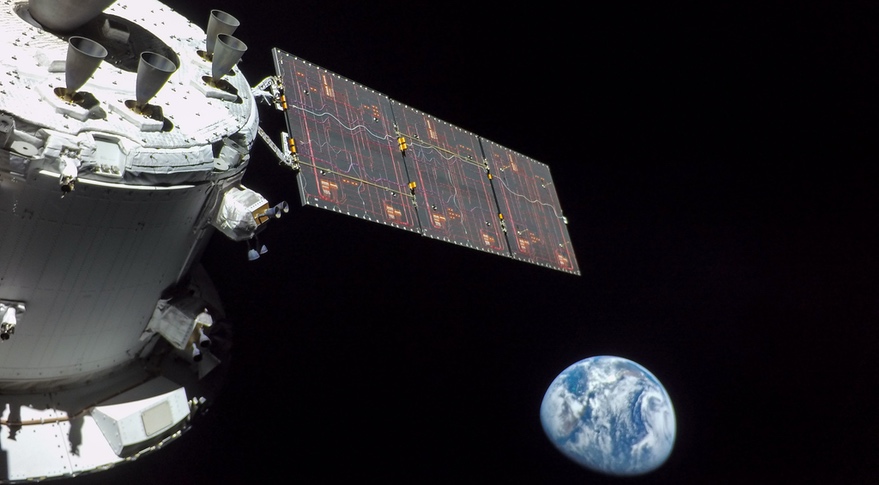
NASA's Orion spacecraft performed a critical maneuver Nov. 21 that will send the spacecraft into a distant retrograde orbit around the moon. The two-and-a-half-minute burn took place at 7:44 a.m. Eastern while the spacecraft was in a 34-minute blackout period behind the moon. A second maneuver, scheduled for Nov. 25, will insert Orion into the distant retrograde orbit.
The next and most profound industrial revolution in human history is underway in Low Earth Orbit
Original Publication Date: 2022-11-21 17:47
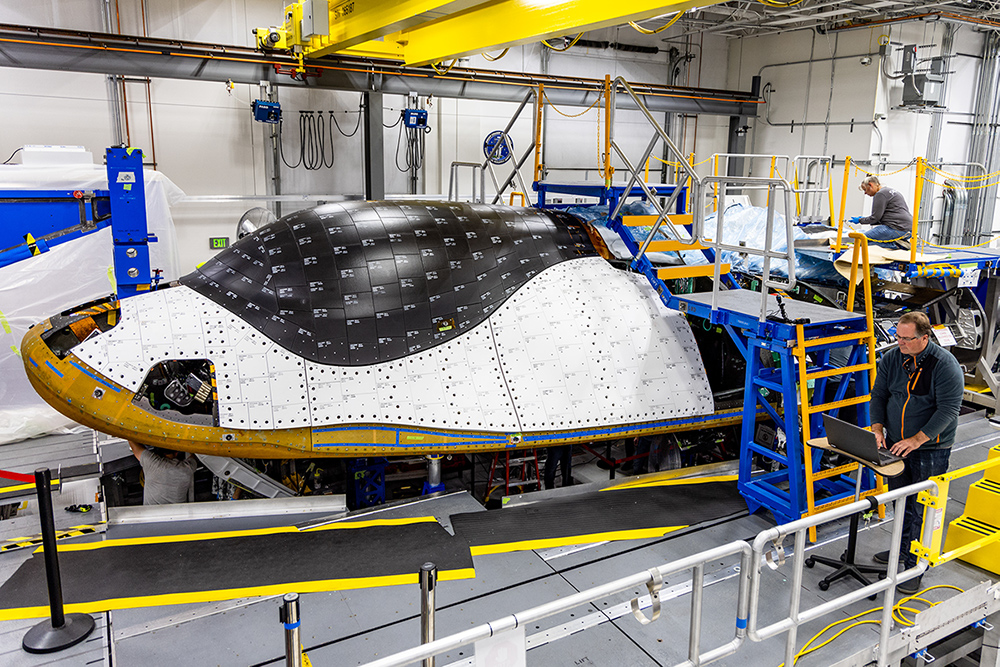
Sierra Space is building the infrastructure, and the end-to-end business and technology platform, that will accelerate the new space economy. Microgravity, higher radiation levels and a near-vacuum state provide an extraordinary environment that will enable discoveries that can improve life on Earth.
Space Force to recompete contract for integration of rideshare payloads
Original Publication Date: 2022-11-21 20:02
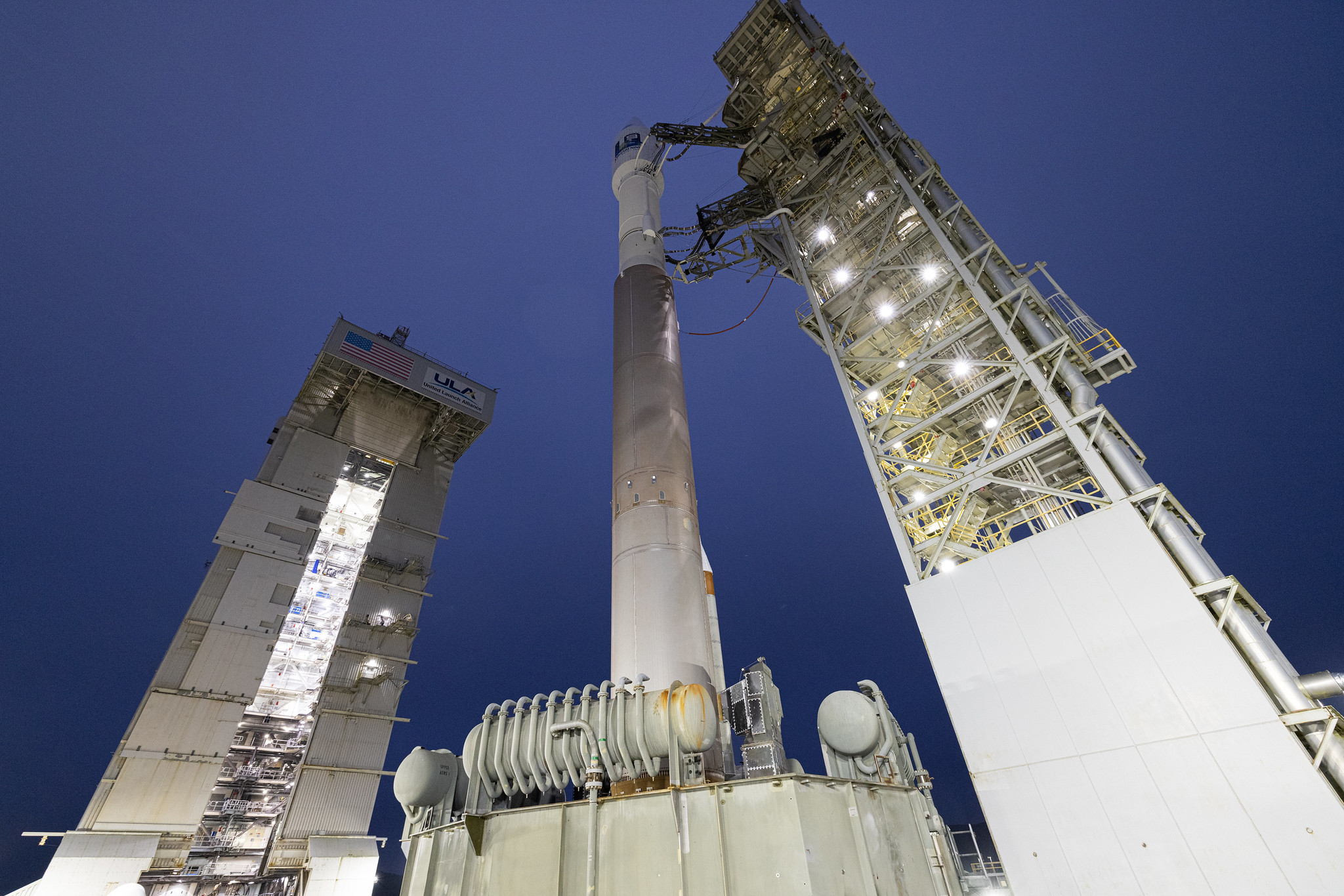
The Space Force is trying to identify industry interest in competing for a multi-year contract. The new procurement would be the follow-on to the $94 million Launch Manifest Systems Integration contract that Parsons Corp. Won in 2019. A new competition would start in 2024. Responses are due Dec. 16.
Canadian startup developing lunar rover to deliver power
Original Publication Date: 2022-11-21 16:00
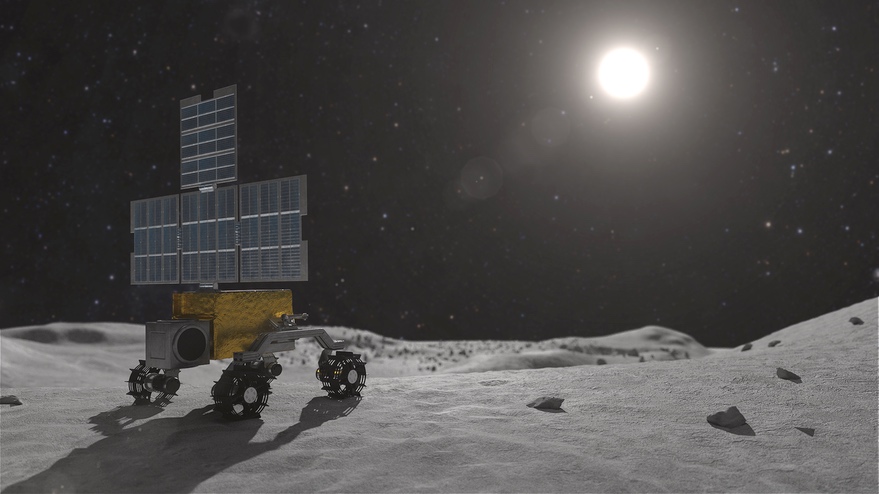
Toronto-based STELLS unveiled its plans Nov. 21 to develop its Mobile Power Rover. The rover will generate power from its solar arrays and transfer it through wireless charging. Its MPR-1 rover is slated to launch by 2025 as a payload on an Intuitive Machines lander.
NASA confirms decision to keep JWST name after historical report
Original Publication Date: 2022-11-21 11:37

NASA released a historical review of actions by former administrator James Webb. Astronomers had called on NASA to rename the James Webb Space Telescope. The study, Odom concluded, found no evidence to support those claims. The report’s conclusions seemed unlikely to be accepted by at least some astronomers.
Artemis 1 launch boosts ESA’s exploration ambitions
Original Publication Date: 2022-11-20 16:57
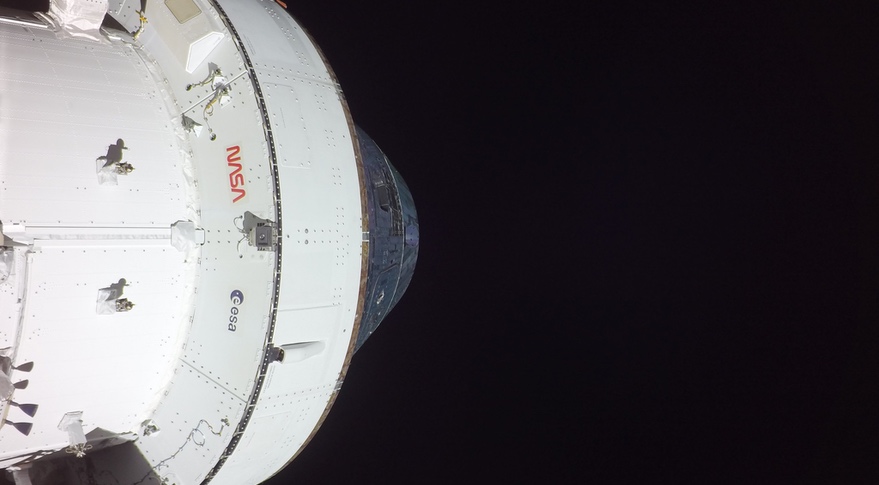
The European Service Module (ESM) on Artemis 1 is the first of six ESA has agreed to provide. Engineers have developed a workaround that should allow the propulsion system to perform as required. There will be more changes to the ESM with ESM-4, which will be used on Artemis 4.
Live coverage: Orion spacecraft slingshots by the moon – Spaceflight Now
Original Publication Date: 2022-11-21 00:00
Live coverage of the flight of the Space Launch System moon rocket and Orion spacecraft on NASA’s Artemis 1 mission. Text updates will appear automatically below; there is no need to reload the page. Follow us on Twitter. Back to the Mail Online home. Back to the page you came from.
Orion capsule closes in for lunar flyby – Spaceflight Now
Original Publication Date: 2022-11-20 00:00

Orion is on course for a rocket firing and lunar flyby Monday to whip the craft into a distant orbit. The goal is to pave the way toward a piloted flight around the moon in 2024. A second firing of Orion’s main engine Friday at 4:52 p.m. Will put Orion in the distant retrograde orbit.
NASASpaceFlight.com
OneWeb launches 36 satellites aboard India's GSLV Mk.III rocket. Mission marks the first commercial launch for the GSLV rocket. Launch took place at 12:07 AM local time on Sunday, Oct. 23 (18:37 UTC on Saturday, Oct. 22)
Commercial Archives
SpaceX is set to launch the Eutelsat-10B communication satellite into a supersynchronous geostationary transfer orbit. A Falcon 9 Block 5 rocket carrying the satellite will lift off from Space Launch Complex 40 at the Cape Canaveral Space Force Station in Florida. This will mark SpaceX’s 53rd mission of 2022 – keeping an average of a launch every 6.13 days.
International Archives
NASA, Roscosmos, and the China National Space Administration (CNSA) performed spacewalks outside humankind’s two permanently-crewed space stations. NASA conducted its Extravehicular Activity, or EVA, on Tuesday, Nov. 15 on the International Space Station (ISS), with China following on Nov. 17 outside their Tiangong Space Station. Roscosmos rounded out the hat trick later on Nov. 17 back at the ISS.
ISS Updates – Spaceflight101 – International Space Station

A veteran NASA spacewalker and an EVA rookie from Japan ended their week with nearly six hours of work outside the International Space Station. The restoration of the Station’s Mobile Servicing System started last year and continued in January to provide Canadarm2 with a new pair of grappling hands.
Featured – Spaceflight101

A SpaceX Falcon 9 took to the skies over Florida’s Cape Canaveral Monday afternoon. The Falcon 9 lifted a flight-proven Dragon spacecraft into orbit for a critical delivery of science gear, supplies and maintenance hardware to the International Space Station. It is the first of at least six cargo ships inbound to the U.S. Segment of ISS this year.
News – Spaceflight101

Russia's Rockot booster is set to blast off from the Plesetsk Cosmodrome at 17:57 UTC with the Sentinel-3B multi-function satellite. The rocket will carry a Russian Rockot booster with a Sentinel-3BMulti-function satellite on board.
Re-Entry: Long March 11 Rocket Body – Spaceflight101

The CZ-11 fourth stage used leftover propellant for a partial de-orbit maneuver, lowering its perigee to 120 Kilometers to significantly accelerate its orbital decay. It is reportedly built around a YF-50 main engine and in a nominal mission conducts the orbital circularization after the three CZ-11 stages.
NASA’s Perseverance Rover Investigates Intriguing Martian Bedrock

After it collects a sample from Yori Pass, Perseverance will drive 745 feet (227 meters) southeast to a mega sand ripple. Located in the middle of a small dune field, the ripple will be where the rover collects its first samples of regolith, or crushed rock and dust.
NASA Study: Rising Sea Level Could Exceed Estimates for U.S. Coasts

Satellite measurements of sea surface height were compared with tide gauge records dating as far back as 1920. The researchers noted that the accelerating rate of sea level rise detected in satellite measurements from 1993 to 2020. The trends along the U.S. Southeast and Gulf coasts are substantially higher than for the Northeast and West coasts.
How NASA’s Deep Space Network Supports the Agency’s Missions

Deep Space Network (DSN) will be essential to NASA’s next push to the Moon: Artemis. The network will support a constant flow of data with Artemis I’s uncrewed Orion capsule beyond low-Earth orbit after launch. To make sure the DSN can keep up with demand, it is undergoing a series of improvements to increase capacity.
5 Things to Know About How SWOT Will Look at the World’s Water

The Surface Water and Ocean Topography (SWOT) satellite will launch on Dec. 12. SWOT will survey water on more than 90% of the planet’s surface. The satellite will measure the height of water in Earth’s freshwater bodies and the ocean. SWOT will help researchers track Earth’s water budget.
NASA to Brief Media on First Earth Water-Monitoring Satellite Mission

NASA will host a virtual media briefing to discuss the upcoming launch of the Surface Water and Ocean Topography (SWOT) satellite. SWOT will be the first satellite mission to observe nearly all water on Earth’s surface. The briefing will livestream on NASA Television, Facebook and YouTube, as well as the agency’s app and on its website.
Satellites Help Scientists Track Dramatic Wetlands Loss in Louisiana

NASA-funded researchers quantified those wetlands losses at nearly 21 square miles (54 square kilometers) per year since the early 1980s. Some of those wetlands were submerged by rising seas; others were disrupted by oil and gas infrastructure and hurricanes. The primary driver of losses was coastal and river engineering.
As Psyche Mission Moves Forward, NASA Responds to Independent Review

NASA and Jet Propulsion Laboratory respond to independent review board's findings. Board found imbalance between workload and available workforce at JPL. NASA will work closely with JPL management to address the challenges raised in the report. Board will meet again in spring 2023 to assess progress.
